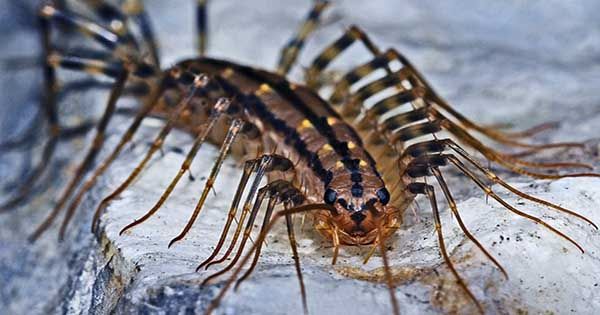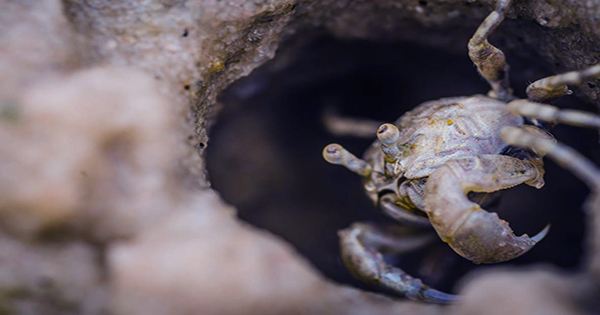Despite their widespread distribution in north and central South America, bald-legged spiders had never been confirmed in Colombia until a recent study led by Drs. Carlos Perafan and Fernando Perez-Miles (Universidad de la Republica, Uruguay) and William Galvis (Universidad de la Republica, Colombia) (Universidad Nacional de Colombia).
Their research report, which was published in the open-access journal ZooKeys, details six previously undiscovered species that live in the country.
The scientists had to develop a new genus for four of the innovative spiders because they couldn’t fit into any of the existing ones. They named it Stormtropis, after the Star Wars clone trooper force known as Stormtroopers.
The bald-legged spiders are a family of only 11 very similar-looking, small to medium-sized species, whose location in the Tree of Life has long been a point of contention.
In fact, the new bald-legged spider genus has been linked to the fictitious clone troopers because of their nearly comparable appearance and ability to conceal.
The capacity of bald-legged spiders (family Paratropididae) to cling dirt particles to their cuticle, allowing them to blend in with their surroundings, is one of their most distinctive characteristics.
“The stormtroopers are the soldiers of the main ground force of the Galactic Empire. These soldiers are very similar to each other, with some capacity for camouflage, but with unskillful movements, like this new group of spiders,” explain the researchers.
“We wanted to make a play on words with the name of the known genus, Paratropis, and of course, we also wanted to pay tribute to one of the greatest sagas of all time,” they add.
The stormtroopers are the soldiers of the main ground force of the Galactic Empire. These soldiers are very similar to each other, with some capacity for camouflage, but with unskillful movements, like this new group of spiders.
Stormtropis muisca, one of the new ‘stormtrooper’ species, also has the family’s highest altitudinal record. It was discovered at a height of at least 3,400 meters in the middle Andes.
The authors do say, however, that they have evidence of animals existing over 4,000 meters. These findings will be reported in a future study.
The researchers also confirmed earlier ideas that bald-legged spiders are highly suited to running across the ground’s surface during their fieldwork. As a form of camouflage against predators, the spiders were photographed sticking earth particles to their scaly backs.
More intriguingly, the team records many instances of various bald-legged species digging through ravine walls or soil, a behavior that has never been observed before. Their theory is that it’s a secondary adaptation that allows the spiders to use different habitats.
In conclusion, not only were bald-legged spiders discovered in Colombia, but they also appeared to be rather common. Three genera have been identified in the country (Anisaspis, Paratropis, and Stormtropis) as a result of this research.
















